Sugarcane cultivars CPCL 05-1102 (Glaz et al. 2013) and CPCL 05-1791 (Davidson et al. 2013) were commercially released in 2012 for cultivation in Florida. CPCL 05-1102 was released for muck soil and CPCL 05-1791 for sand soil. Both cultivars are the products of research initiated by the United States Sugar Corporation (USSC) and completed cooperatively by USDA-ARS, UF/IFAS, and the Florida Sugar Cane League (FSCL), Inc. Sugarcane growers in Florida showed interest in expanding acreage under both varieties. Currently, CPCL 05-1791 is planted on 7,005 acres and CPCL 05-1102 on 1,630 acres. Given the vegetative propagation of sugarcane and availability of plentiful seed cane in recent years, these cultivars (especially CPCL 05-1791) may further expand in acreage in the near future.
This fact sheet provides basic information (Table 1) and yield and disease information (Table 2) for CPCL 05-1102 and CPCL 05-1791 to assist growers in a decision-making process of whether to further expand acreage of these cultivars with a clearer understanding of potential insect pest and disease issues that may need to be addressed through pest management strategies. The intended audience is sugarcane growers, farm managers, researchers, and Extension agents. The yields of these cultivars are compared with reference cultivars (CP 89-2143 for muck and CP 78-1628 for sand) planted in the same field trials.
CPCL 05-1102 has high cane and sucrose yields on muck soil and excellent freeze tolerance (Table 1). CPCL 05-1102 is also completely or moderately resistant to most common and economically important sugarcane diseases in Florida such as brown rust (caused by Puccinia melanocephala H. & P. Sydow), orange rust (caused by Puccinia kuehnii E.J. Butler), smut (caused by Ustilago scitaminea Sydow and P. Sydow), leaf scald (caused by Xanthomonas albilineans Ashby, Dowson), and Sugarcane mosaic virus strain E (mosaic) (Table 2). There are concerns regarding this cultivar’s moderate susceptibility to ratoon stunt (caused by Leifsonia xyli subsp. xyli) and susceptibility to Sugarcane yellow leaf virus (SCYLV), but the use of clean seed cane may reduce the risk of these diseases. This cultivar is also susceptible to sugarcane rust mite. CPCL 05-1102 may start flowering in early to mid-December. Further information on CPCL 05-1102 can be found in Glaz et al. (2013).
CPCL 05-1791 has high cane and sucrose yields on sand soil (Table 1) and showed complete or moderate resistance to orange rust, smut, ratoon stunt, and mosaic (Table 2). However, CPCL 05-1791 is susceptible to brown rust, and growers may have to use fungicides to avoid yield losses due to brown rust infection. This cultivar is also susceptible to leaf scald. CPCL 05-1791 has moderate to poor freeze tolerance which may limit its cultivation to the zones with lower chances of getting hard freezes. Further information on CPCL 05-1791 can be found in Davidson et al. (2013).
Overall, both cultivars are high yielding and have some level of resistance against most of the major sugarcane diseases in Florida. However, susceptibility to some diseases and freeze may become the limiting factors in expansion of these cultivars on larger acreage.
Table 1. Basic information on CPCL 05-1102 and CPCL 05-1791.
Table 2. Yield parameters and disease reactions of CPCL 05-1102 and CPCL 05-1791.
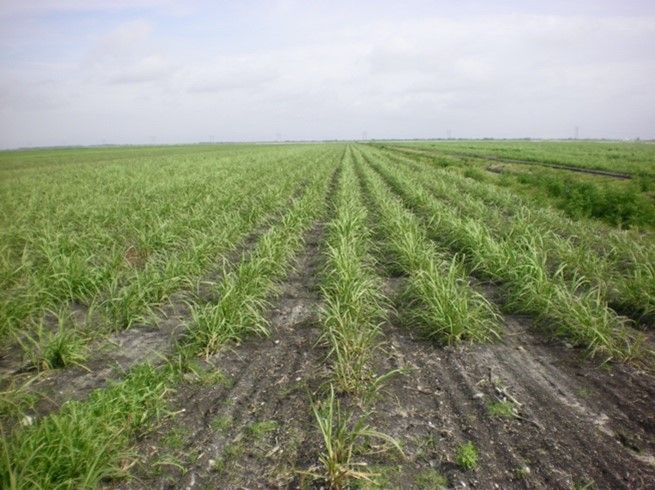
Credit: Wayne Davidson
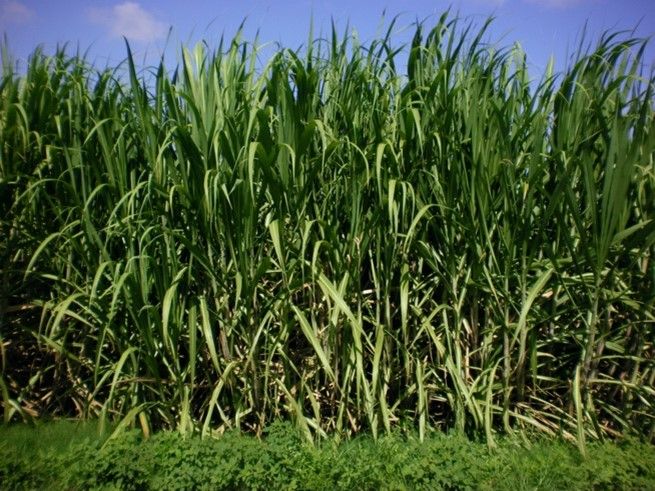
Credit: Wayne Davidson
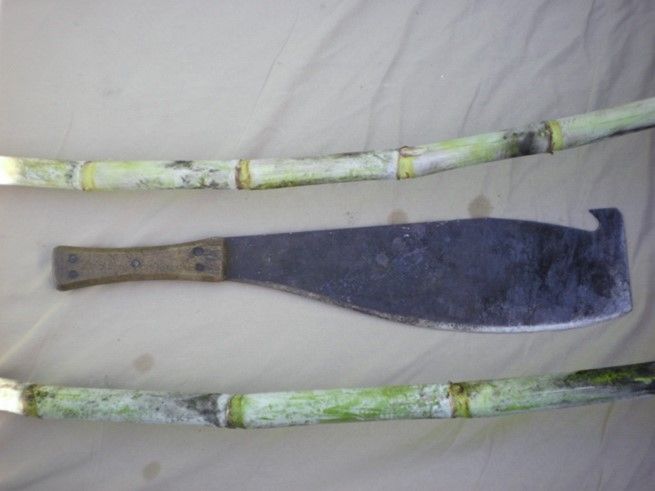
Credit: Wayne Davidson
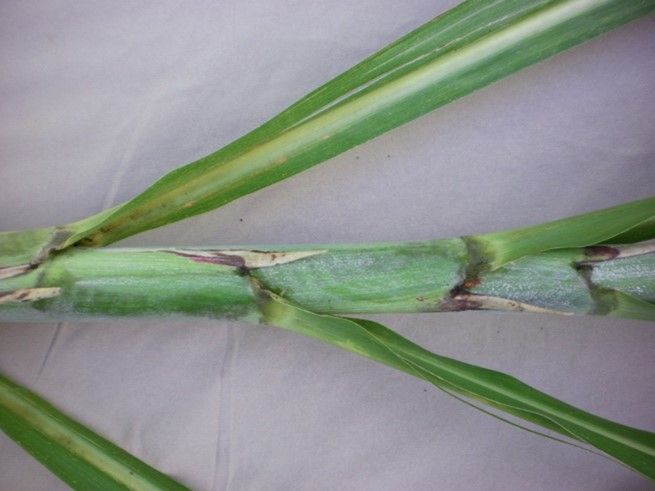
Credit: Wayne Davidson
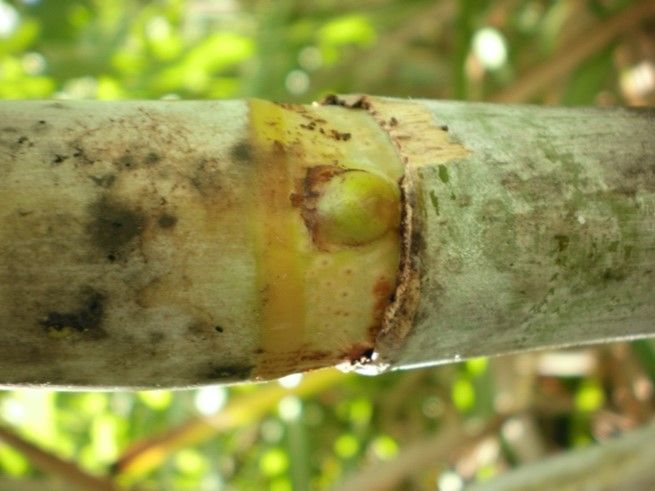
Credit: Wayne Davidson
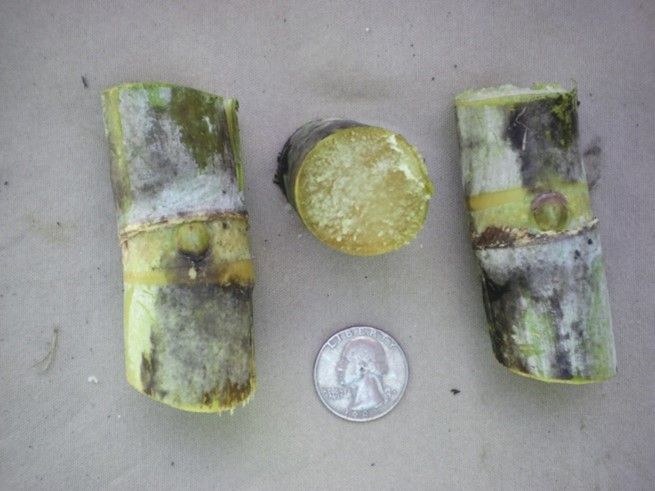
Credit: Wayne Davidson
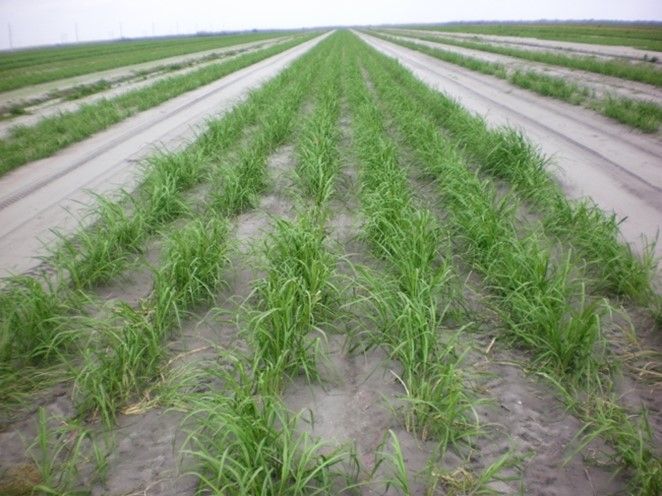
Credit: Wayne Davidson
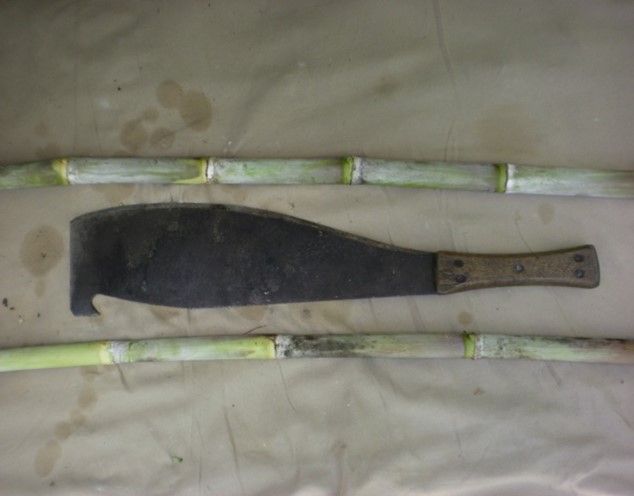
Credit: Wayne Davidson
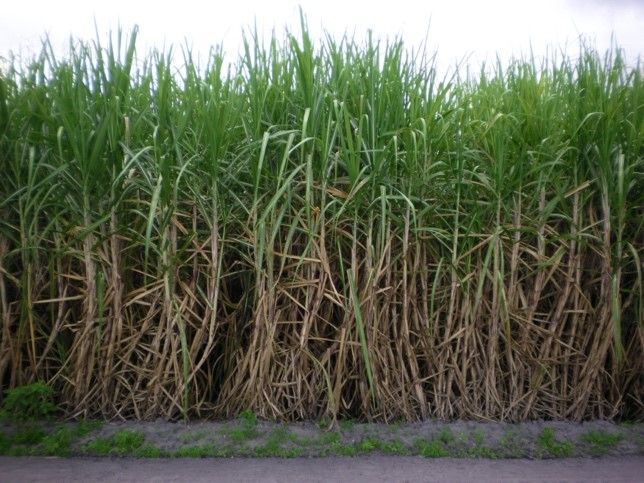
Credit: Wayne Davidson
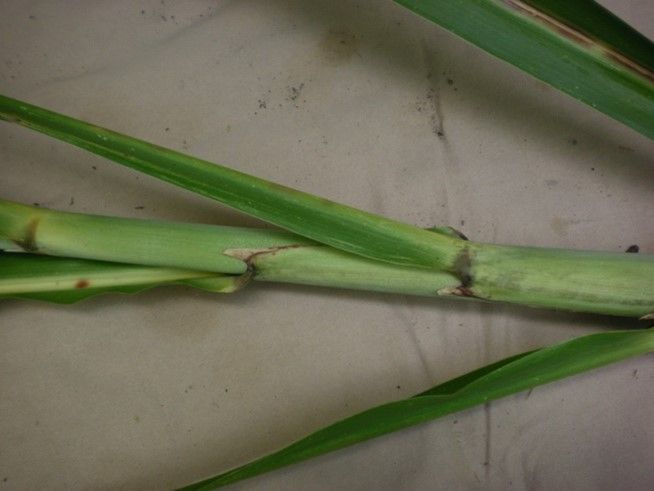
Credit: Wayne Davidson
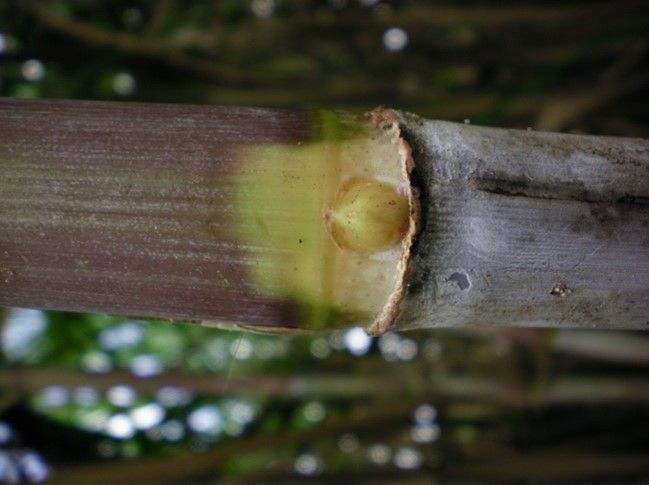
Credit: Wayne Davidson
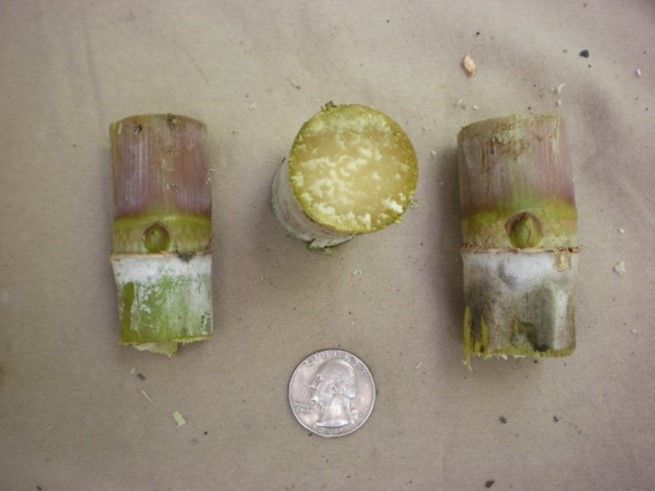
Credit: Wayne Davidson
References
Davidson, R. W., D. Zhao, J. C. Comstock, H. S. Sandhu, B. Glaz, S. J. Edmé, S. Sood, R. A. Gilbert, S. B. Milligan, and C. J. Hu. 2013. “Registration of ‘CP 05-1791’ Sugarcane.” Journal of Plant Registrations 7:312–320.
Glaz, B., S. J. Edmé, R. W. Davidson, D. Zhao, J. C. Comstock, H. S. Sandhu, N. C. Glynn, R. A. Gilbert, S. Sood, K. McCorkle, S. B. Milligan, and C. J. Hu. 2013. “Registration of ‘CPCL 05-1102’ Sugarcane.” Journal of Plant Registrations 7:296–304.